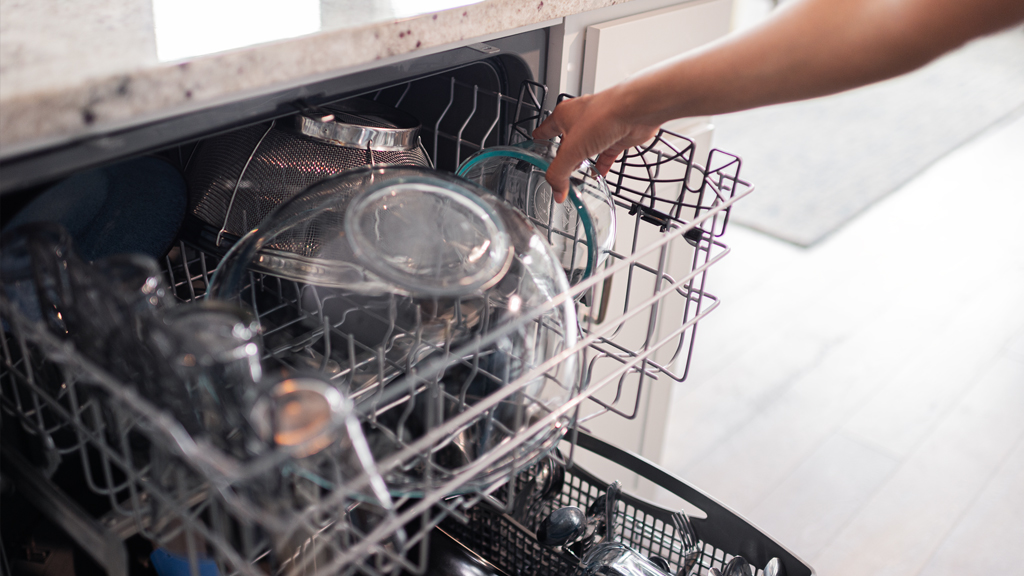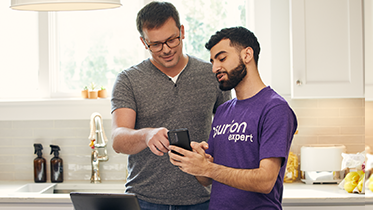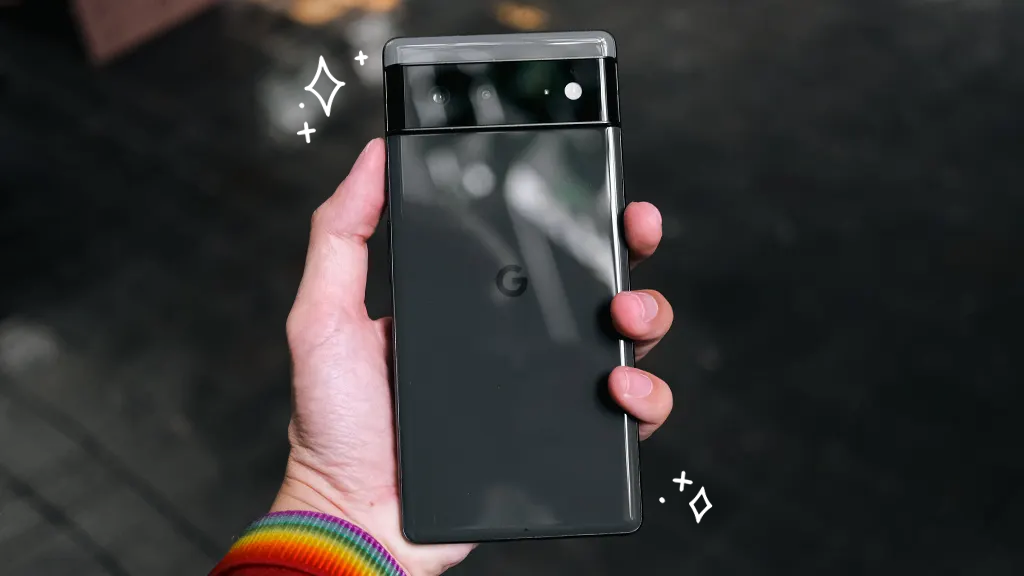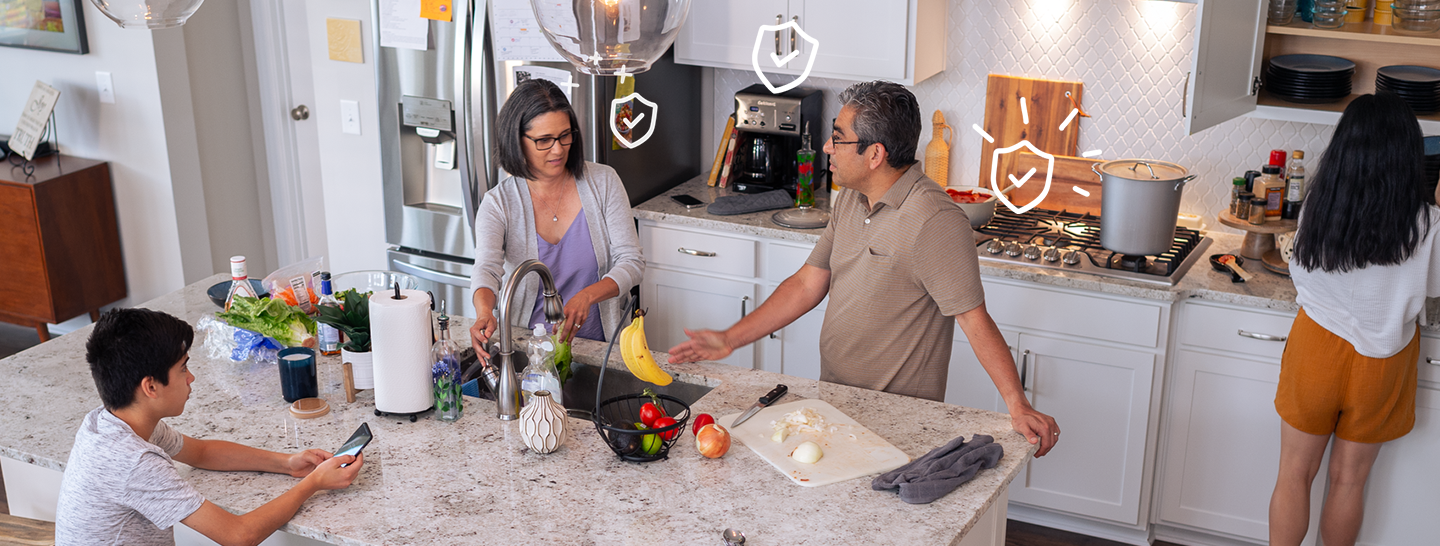Whether it's Thanksgiving or a regular Sunday afternoon, there's never a convenient time for your dishwasher to break. The good news: Asurion Experts are trained and have experience with repairs for every major appliance, including dishwashers. When appliances break, we fix them. So before you turn to paper plates and takeout, check out our guide to repairing a broken dishwasher.
How to repair a dishwasher that won't start
Whatever the reason—the door won't close, or the buttons won't engage—a dishwasher that won't turn on is a major issue. Here are some known points of failure that you can troubleshoot. Before you begin, make sure to consult your manual; you can find it on the manufacturer's website.
Power
The first—and easiest—thing to check when your dishwasher won't start is the power. Check your household circuit breaker to see if the switch has been tripped. If it has, flip it to the off position before turning it back on.
If you don't see an issue with the circuit breaker, confirm that your dishwasher is plugged into the wall by looking for the power plug under the sink or behind nearby cabinets. If you have to pull the appliance out to do this, be sure the retainer clips or screws under the counter, which hold it in place, are disconnected.
If power isn't the issue, make sure to unplug the machine from its power source or turn off the relevant circuit breaker before continuing to the next steps; if you don't, you risk getting electrocuted.
Door latch and latch switch
The door latch assembly keeps the door shut tight, powers the controls, and prevents water from seeping out of the machine. You'll know the latch is working if you hear it click into place when closing the door—and if the door stays shut when you try to pull it open. If not, the latch could be jammed. Take a close look at the latch to see if there's anything blocking it, like soap or food. If you see that it's broken, contact your manufacturer about a replacement.
You can also test the dishwasher door latch with a multimeter, which measures the electrical current in appliances, (to learn how, see our guide). Again, make sure your dishwasher isn't connected to a power source. Then take off the machine's inner door panel to reach the door latch assembly, which is usually located on top of the door—some models have a switch at the top of the body of the dishwasher. Confirm that the door catch engages the latch switch by placing the catch into the assembly. If the latch does engage, remove the screws on the interior of the door to reveal the terminals on the switch. Finally, test the switch for continuity, or a complete electrical path, by using a multimeter, touching the probes to the switch's terminals. If your reading isn't at or around zero, you'll have to replace the door latch assembly.

No one wants to deal with a broken appliance
With Asurion Appliance+, you don’t have to. Our hassle-free plans cover all your eligible home appliances—no matter the brand or where you bought them.
Child latch
The child safety lock keeps curious kids safe and prevents them from changing the settings. But if it's accidentally engaged, your machine might not turn on. In most cases, you can turn it off by pressing and holding a specific button for a few seconds. Check your owner's manual for details.
Control panel
The settings, buttons, and minicomputer that make your dishwasher work all live inside the control panel. Here are a few things that can go wrong.
Selector switches
Selector switches determine the wash-cycle settings for each load you run. If the switch is broken or the buttons aren't fully depressed, the dishwasher may not start. First, disconnect your dishwasher from its power source. Then take off the inner door panel and find the selector switch in the control panel. You'll want to confirm that it isn't stuck between two different settings and that only one button is pressed. If two or more have been engaged, the dishwasher can't function.
After you've ensured that the switches are working mechanically, test them with a multimeter. Touch the multimeter's probes to the switch terminals, testing each button one at a time. You'll want a reading of infinity. Next press each button, one at a time, while the probes are still touching the terminals. If the reading is anything other than zero, you'll need to replace the selector switch.
Timer controls
The timer controls when a cycle starts and ends. It's typically found on the control panel, and if it's broken, your dishwasher may not start. Check the timer by using a multimeter and consulting your machine's wiring diagram, which should be located on the manufacturer's website. If the readings don't line up with the ones your manufacturer recommends, replace the timer. Just remember to disconnect the power source before using the multimeter.
Start button
When your dishwasher stops midcycle without resetting or restarting, it can get stuck. This can happen when the start button is pressed more than once. Another sign is that the lights might flash. The best approach is to turn the dishwasher off, then turn it back on again. You might have to unplug the machine for a couple of minutes, press and hold the start button, or wait until the drain cycle finishes and then try starting the machine again. For more info, consult your manufacturer's guide.
Motor start relay
If your dishwasher's motor start relay stops working, the machine won't receive a green light from the control panel to start washing. To fix it, unplug your dishwasher, then look for the motor start relay behind the machine's lower access panel, next to the pump. Once you find it, remove the relay and, with your wiring diagram in hand, test the coil for continuity using a multimeter. You're looking for a reading of zero, or close to zero.
Next, turn the relay upside down to activate it manually, letting the plunger drop. Touch the probes to the relay terminals. If you don't get a reading of zero, it's time to replace the motor start relay.
Thermal fuse
The thermal fuse shuts off the dishwasher's power when the machine overheats. If the fuse blows, your dishwasher shuts down. To troubleshoot this issue, unplug your dishwasher, then look behind the inner door for the thermal fuse, which will be attached by two wires to the control board. Disconnect them, then take out the fuse so you can test it. After setting a multimeter to check for continuity, touch the probes to the fuse contacts and look for a reading of zero. If you get any other number, replace the thermal fuse.
Drive motor
Notice loud humming noises coming from the motor during cycles? Your drive motor, which powers the water in your dishwasher, could be the culprit. To find out, unplug the machine and remove the drive motor from behind the lower access panel. Disconnect the wires and remove it from the machine. Set a multimeter to check for continuity, then touch the probes to the motor's terminals and the metal housing around the motor. If one produces a reading, the motor is broken.
Keep in mind, most dishwashers last about a decade, so a high-end drive motor should be replaced after 10 years. If your machine is creeping toward old age, consider getting a new motor drive, but if it's new enough, it's probably worth repairing.
Reliable protection for the major appliances you rely on
When your appliances don't work, we do. With Asurion Appliance+®, get hassle-free coverage for your current appliances and future purchases—no matter the brand or where you bought them—plus 24/7 troubleshooting support. Learn more about Asurion Appliance+™ coverage and how you can get total peace of mind protection.





